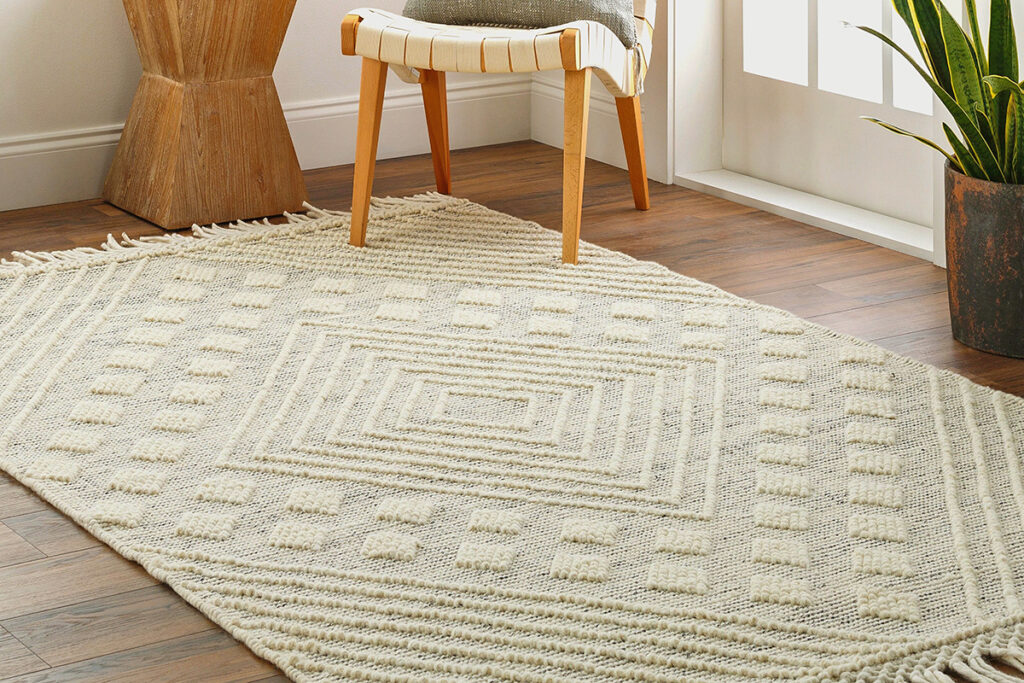Behind every effortlessly stylish home you see in your favorite design magazine is a hardworking interior designer. But you don’t need to hire a pro to evoke a similar look; you can simply borrow their tried-and-true tricks. From space-enhancing illusions to clever paint strategies, designers rely on a toolkit of small hacks that make a…
Here are 25 interior designer-approved ideas to take your home from mundane to magazine-worthy.
1. Use Repetition To Tie a Room Together
When a space feels unfinished, lean on a fundamental interior design principle: repetition. Echoing colors, patterns, or silhouettes within furniture and decor instantly creates cohesion.
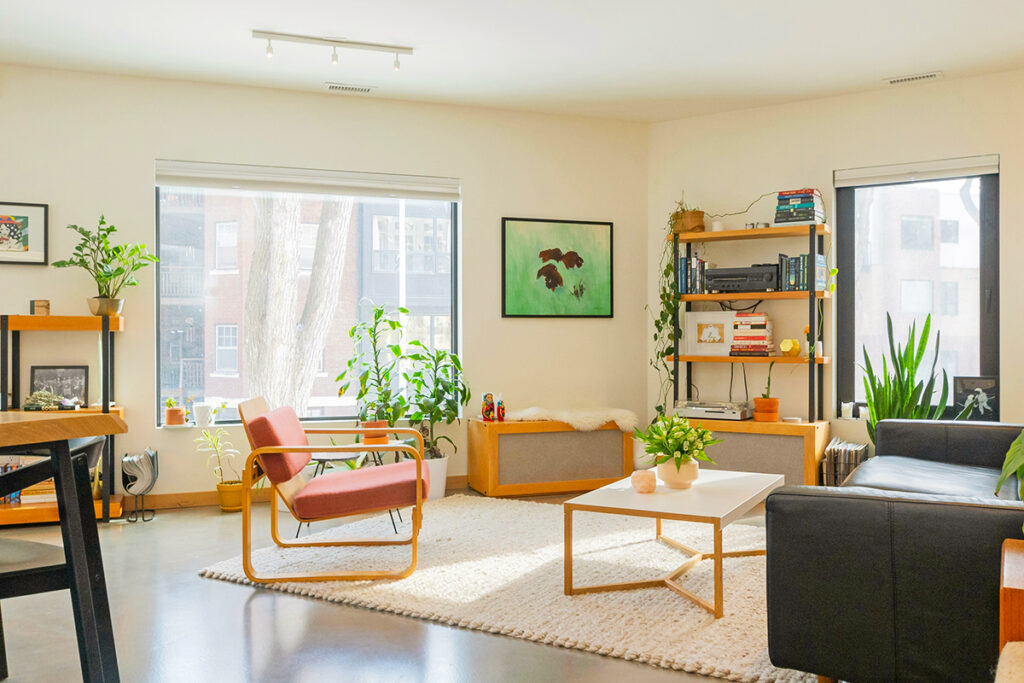
More from our network
House Outlook is part of Inbox Studio, which publishes content that uplifts, informs, and inspires.
2. Swap Area Rugs for Runners in the Bedroom
Instead of splurging on an oversized rug to fit under your bed, try a duo of runners on either side. You’ll get the same underfoot comfort (no cold floors in the morning) and a grounding look without the considerable expense and the hassle of an area rug.
3. Paint Trim and Doors the Same Color as the Walls
Commit to a single paint color across walls, trim, and doors for a high-end look in your living spaces. The result is seamless and elevated.
4. Apply Enclosure Theory for Instant Coziness
Spaces feel more intimate when they’re “enclosed.” For example, a lone chair can look awkward, but add a lamp and side table beside it, and suddenly it transforms into an inviting nook.
5. Go Big With Artwork in Small Spaces
It may sound counterintuitive, but hanging a substantial piece of art in a small room can help it feel larger. It packs a big punch of personality and helps draw the eye upward and outward, all without cluttering your walls.
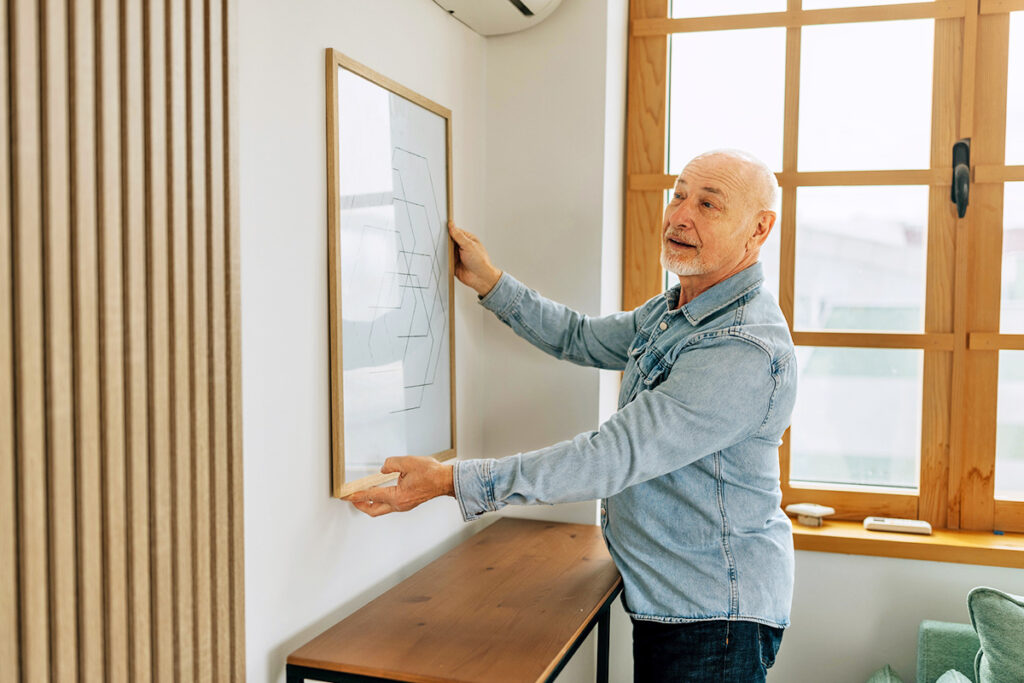
6. Style Bookshelves With the Triangle Method
For the most visually appealing “shelfies,” use the triangle method. Arrange objects (such as books, framed photos, or trinkets from travels) either horizontally or vertically so they form a triangle when viewed as a whole.
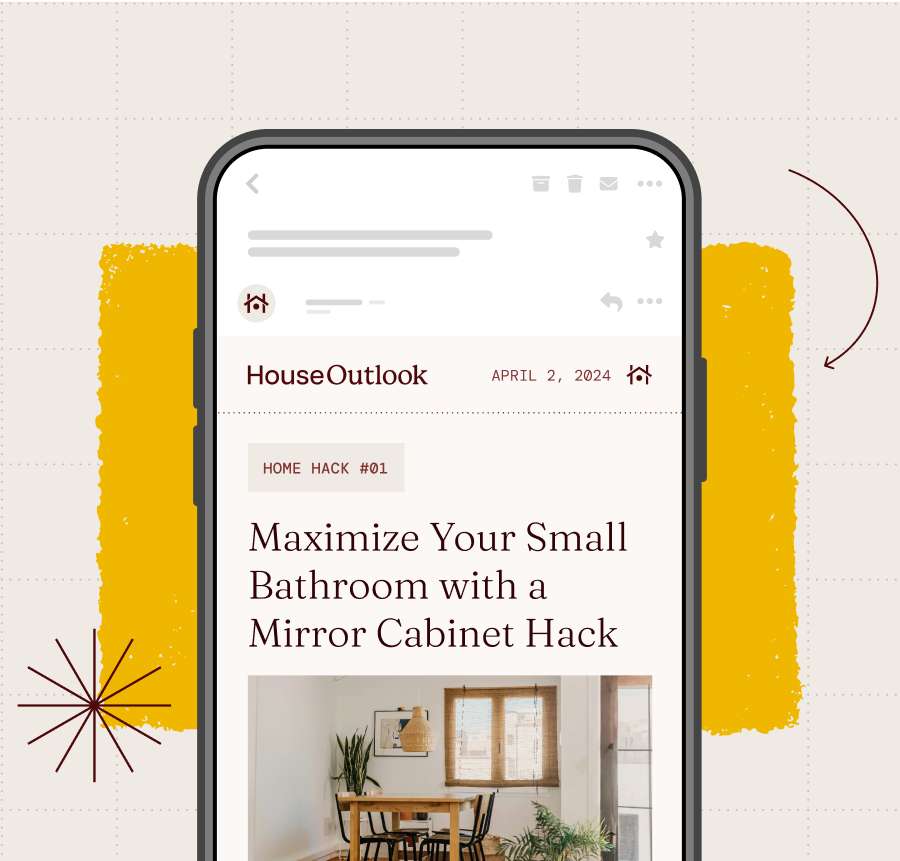

7. Try Color Drenching
Designers know that color drenching — painting walls, trim, ceiling, doors, and built-ins all the same shade — gives small spaces an expansive feel. The uninterrupted color establishes visual continuity, tricking your brain into thinking the room is bigger than its actual square footage.
8. Nightstands Should (Almost) Be the Same Height as Your Mattress
Interior designers adhere to a simple measurement for balanced bed-to-nightstand proportions: Nightstands should be about the same height as your mattress when it’s on the bed, plus or minus 4 inches — no higher and no lower.
9. Lean Into Finishes You Don’t Like (But Can’t Change)
If you can’t stand the orangey finish of your hardwood floors but refinishing them isn’t in the budget, embrace the tone instead. Repeating the same tone elsewhere in the room feels cohesive and intentional. If left on its own, it stands out.
10. Designate Zones in an Open-Concept Space
Open layouts can sometimes feel too expansive. If everything faces the same direction, the room risks resembling one long, undefined corridor. To better define these areas, orient large pieces of furniture, such as sofas and dining tables, so they are perpendicular to each other.
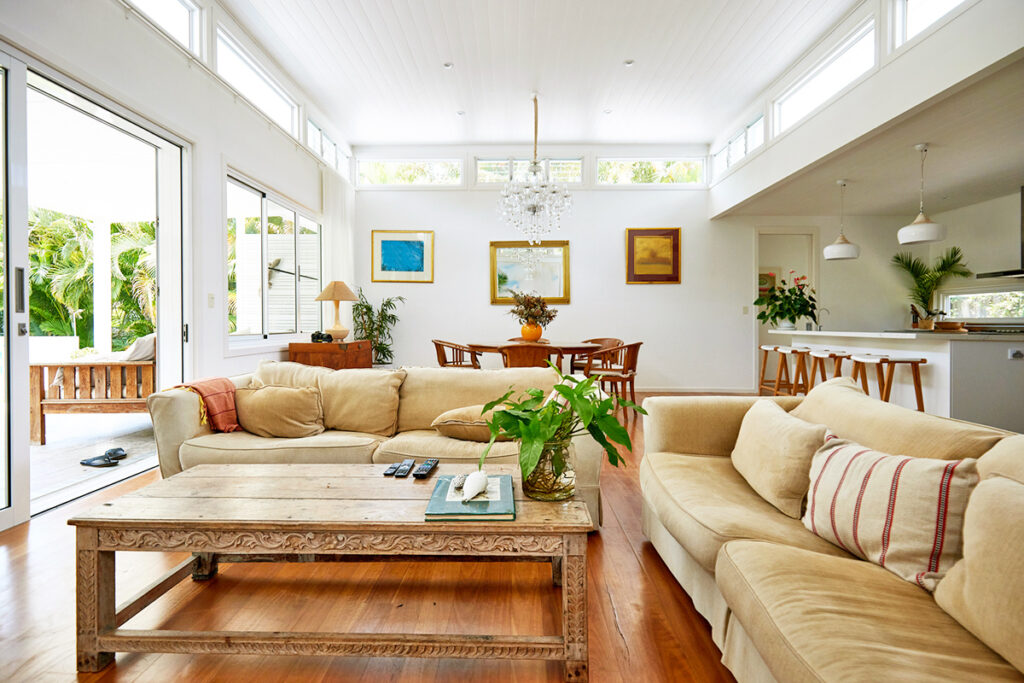
11. Always Add a Focal Point
Every living space needs an eye-catching focal point, whether it’s a jewel-toned sofa, a dramatic piece of art, or a statement fireplace. Without that anchor, the eye has nowhere to land, leaving the room feeling incomplete.
12. Refresh Greenery Seasonally
Nature evolves season to season, and so should your home. Swap out your greenery (and the vessels they live in) each season to bring rhythm and freshness into your home.
13. Keep Floors Clear
Whenever possible, free up floor space. By incorporating elements such as wall-mounted storage, sconces, and floating nightstands, you lift visual weight off the ground. This simple shift makes a room appear more open and less cluttered.
14. Choose the Right Light Bulbs
The perfect light bulb temperature is key to setting the mood. For a cozy, warm glow, go with 2700 Kelvin. Prefer a cleaner, softer white? Try 3000 Kelvin instead.
15. Follow the Rule of Three
When styling decor, think in odd numbers — particularly three. Grouping items in threes (say, a taper candle, a small plant, and a framed photo) creates a balance that feels both intentional and visually engaging without overwhelming the eye.
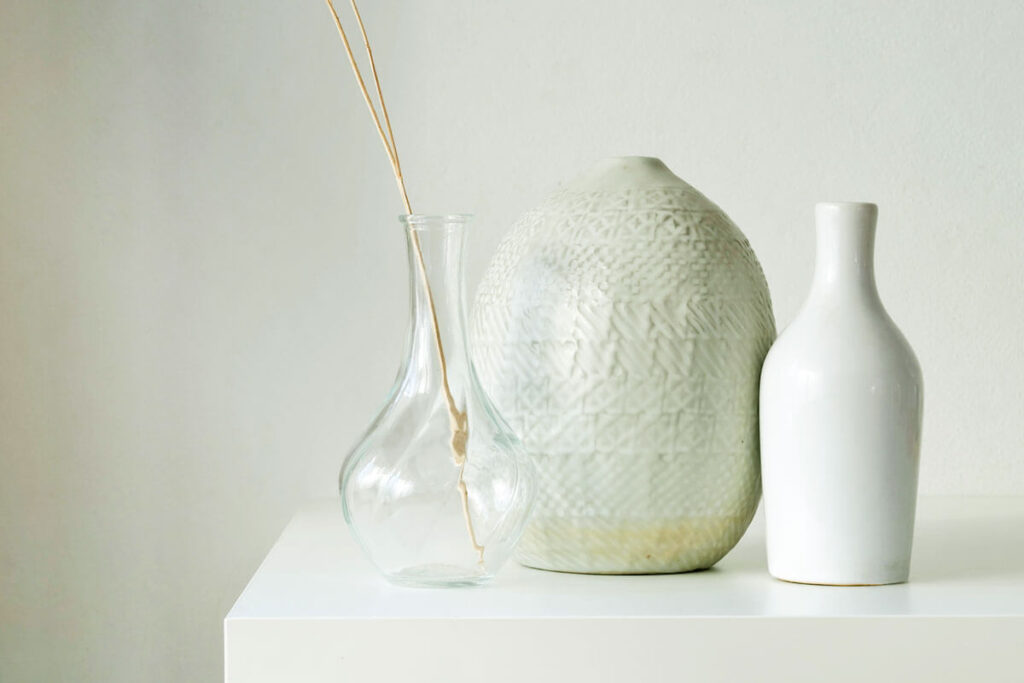
16. Install a Ceiling-Mounted Curtain Track
Leave it to IKEA to design an affordable, functional curtain system that elevates any space. Their VIDGA curtain track lets you drape an entire wall — or even an entire room, wall to wall — with floor-to-ceiling curtains for a dramatic, cocoon-like effect.
17. Follow This Formula for Coordinated Throw Pillows
No need to overcomplicate your sofa styling. For a foolproof, designer-approved look, follow this formula: Place two solid-colored pillows on either end of the sofa, then layer one bold, patterned pillow in front of one of the solids.
18. Find a Cohesive Color Palette in Your Rug
Struggling to pull together a color scheme? The answer is right under your feet. Look closely at the room’s area rug, which is sure to feature coordinating (and perhaps unexpected) accent colors to use throughout the space.
19. Fluff Up Pillows the Easy Way
No lumpy pillows on our watch. For full-looking throw pillows, toss the inserts in the dryer for 20 minutes with a couple of tennis balls. This will break up any clumps and evenly distribute the filling.
20. Skip Curtains With Grommets
Not all curtains are created equal. Designers recommend avoiding grommet-top styles, which can look tacky and mass-produced. Instead, opt for ripple-fold, back-tab, and pinch-pleat panels for a more tailored, high-end feel — often at similar price points.
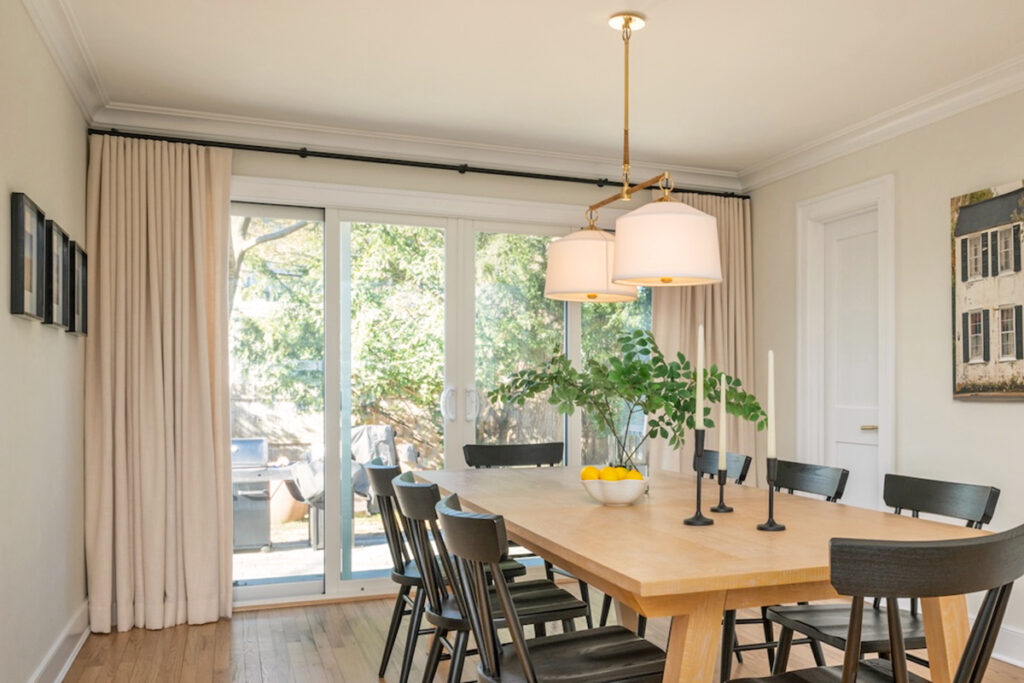
21. Layer Your Lighting
Designers swear by layering three types of lighting: ambient, task, and accent. Ambient sets the overall tone, while task lighting supports everyday activities, and accent lighting adds personality. Together they form a relaxing but customizable environment, whether you’re chopping vegetables or winding down at night.
22. Hang Artwork at Eye Level
Before putting any holes in your wall, remember this rule of thumb: Center the artwork’s focal point at eye level for the average person. Typically, that means 58 to 60 inches off the floor.
23. Paint Ceilings a Shade Lighter Than the Walls
For instantly taller-looking ceilings, choose a shade of paint that is 20% lighter than the wall color. (Or, when in doubt, stick with crisp white.) This creates an optical illusion that naturally draws the eye upward.
24. Don’t Exceed More Than Three Wood Tones
When mixing wood finishes, follow the 60-30-10 rule: 60% dominant wood, 30% secondary tone, and 10% accent wood. Just be sure to limit your palette to three tones, as any more feels chaotic.
25. Use the Two-Leg Rule for Area Rugs
Choosing the right rug size is tricky. Anything too big or too small will throw off the proportions of the room. Shop for one large enough to touch all of the furniture in the area you’re trying to define. At minimum, the front two legs of each furniture piece should rest on the rug.
